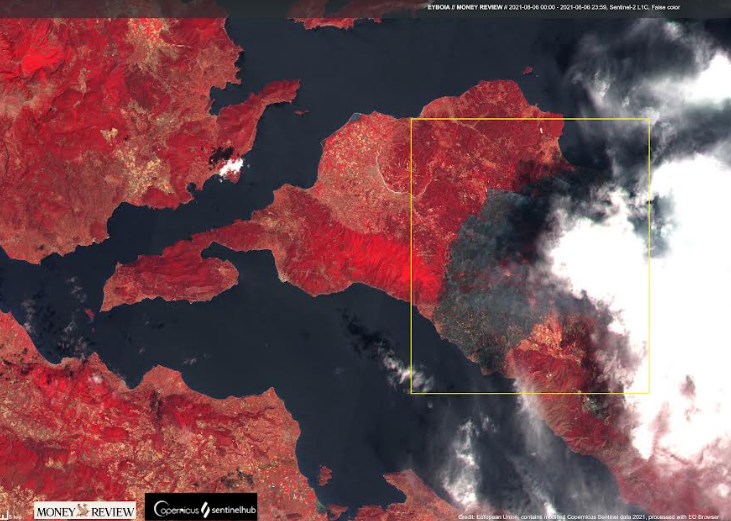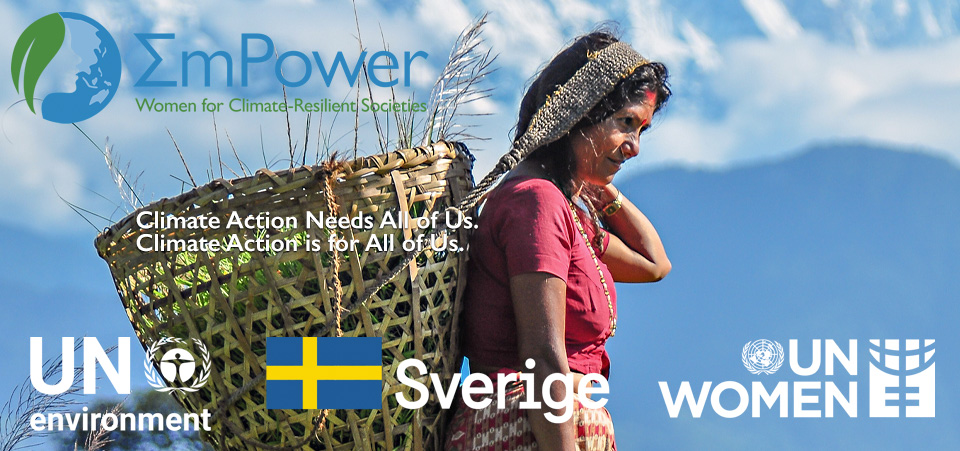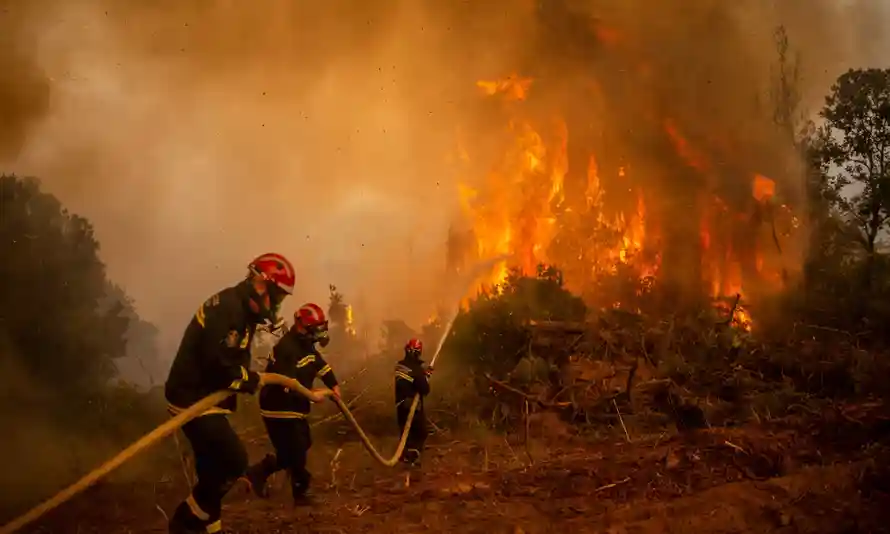By Katya Mavrelli,
Climate change is no longer a faraway scenario that could potentially be played out in the span of decades – it is a reality, whose consequences will be far direr than expected. The close cooperation between different fields, approaches, and perspectives is necessary, and in some cases is already taking place, yet there is an element that is visibly lacking: women in the field. Response mechanisms to the different crises cannot be a one-fits-all solution, because there are different needs that ought to be addressed. And here is when the million-dollar question comes in: If this is the case, what can be done?
Over the past decades, women have been considered a marginalized group that was not entirely integrated into each community. Perceived as a kind of “other entity”, their needs were disregarded, their insights were not properly heard, and their contributions were considered to be limited. This progressively gave rise to feminist movements and, indeed, change has been widespread. Women are now heads of state, MPs, and their presence in the political sphere is not perceived as strange, unexpected, and unexplained. When it comes to addressing climate change, however, the narrative changes a bit.
When the term “climate change” is mentioned, the first word that comes to mind is “impending doom”, which might be the case. However, the term that best describes climate change is “lack of proper response mechanisms”. Large-scale, intense natural disasters have engulfed parts of the south Mediterranean and Central Europe. The phenomenon is not confined only to the borders of the western world. However, given the intense weather events that were observed in the MENA (Middle East and North Africa) region and in the heart of Asia, systematic degradation of the surrounding natural environment and excessive use of natural resources have led to irreversible damage.
Human negligence is not the factor that brought the world to its current state, though. The lack of properly designed response mechanisms, tools, and technical approaches is what intensified the escalation of the climate crisis. Undoubtedly, designing response mechanisms in a tailor-made fashion is not always the case: There cannot be a responsive design for every imaginable crisis, for every sector, and for every country. Yet, as the intense climate disasters have become more frequent and their effects can no longer become ignored, the absence of proper response mechanisms has been noted and widespread.

The most notable cases studies are Turkey and Greece, during the summer of 2021. Over the course of the summer period, the two southeast Mediterranean states were faced with intense wildfires that destroyed huge sections of their national natural environment. The wildfires that ravished Euboea (or Evia) and Achaia in Greece and Antalya and Adana in Turkey led to an increase of burned areas of approximately 700%, a huge increase compared to previous data provided by EFFIS, the European Forest Fire Information System (EFFIS).
Even though these natural disasters are being monitored and observed with a much higher frequency, the countries that are being affected the most find themselves the most exposed. Greece, Turkey, and Italy were some of the countries that experience the most intense events of the summer period and the ones that did not possess adequate response mechanisms. The question that arises is the following: with the given facts, what can be done to prevent similar natural disasters, now that the climate crisis can no longer be disregarded?
As the Istanbul office of Columbia Global Centers suggests, a potential solution that can yield substantial results is the involvement of women in decision-making. However, their simple participation and inclusion in policy drafting, decision-making, and political calculations are not enough. Their actual involvement in designing crisis mechanisms is needed, in order for such needs to be addressed. Women are considered to be one of the groups that are the most affected after natural disasters. Dr. Susan Blaustein suggests that hurricanes Katrina in New Orleans and Harvey in Louisiana were two natural disasters that highlighted the different needs of women during such crises. They were the social group that was affected the most, lacked personalized responses, and were called to support themselves and their families without any other assistance. Hence, the sincere and genuine involvement of females in the decision-making sector is bound to have positive results.
The other aspect of proper response mechanism design is funding. Indeed, the EU has devoted a larger amount of funds toward climate crisis mechanisms and tools that can help EU member states to cope with the implications of climate change. Yet, there is an absence of directed funding towards sectors and fields that are in actual need of these amounts. It is true that funds can be sent to affected countries, yet such relief packages may not be used in their entirety for responding to these natural disasters or they may be misused and misdirected. Therefore, the insight of experts and specialists in the field of crisis management is needed, in order to assess national and local needs, request funds for specific purposes, and ensure that their use is indeed for their designated purposes.

Lastly, it has been estimated that climate change will lead to large migration flows from regions and areas that are bound to face the most severe consequences. For instance, the largest number of climate refugees are bound to come from rural areas, since their livelihoods are linked to climate-sensitive sectors i.e., agriculture and fishing, and areas that lack proper infrastructure i.e., the MENA and Sub-Saharan Africa regions. Thus, it is essential that the EU and international institutions take into consideration the destabilizing effects these migration flows will have and develop proper integration mechanisms to cater to the needs of those people.
Undoubtedly, the absence of such crisis response mechanisms and technical tools will leave societies in disarray, economies in chaos, and political entities divided. As Martin Wolf, Chief Analyst of the Financial Times, we are now living in unprecedented times, when old equilibria are being replaced and new world orders are emerging. Geopolitical and geoeconomic tensions aside, such changes in the international world order emerge from the impending doom that the climate crisis can cause. Governments and decision-makers should not hear alarm bells going off in the distance when they hear the words “climate change”; instead, they should see opportunities for growth, policy development, and improvements.
References
- Wildfires rage in Greece and Italy as EU mounts firefighting operation, theguardian.com, Available here




